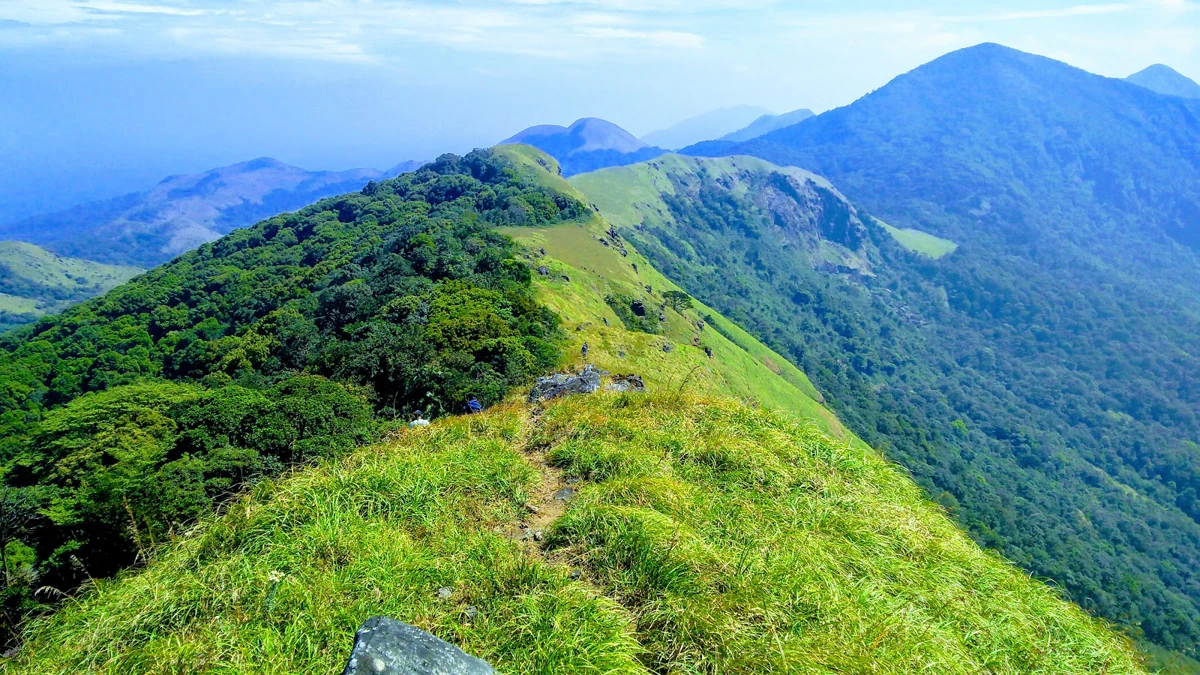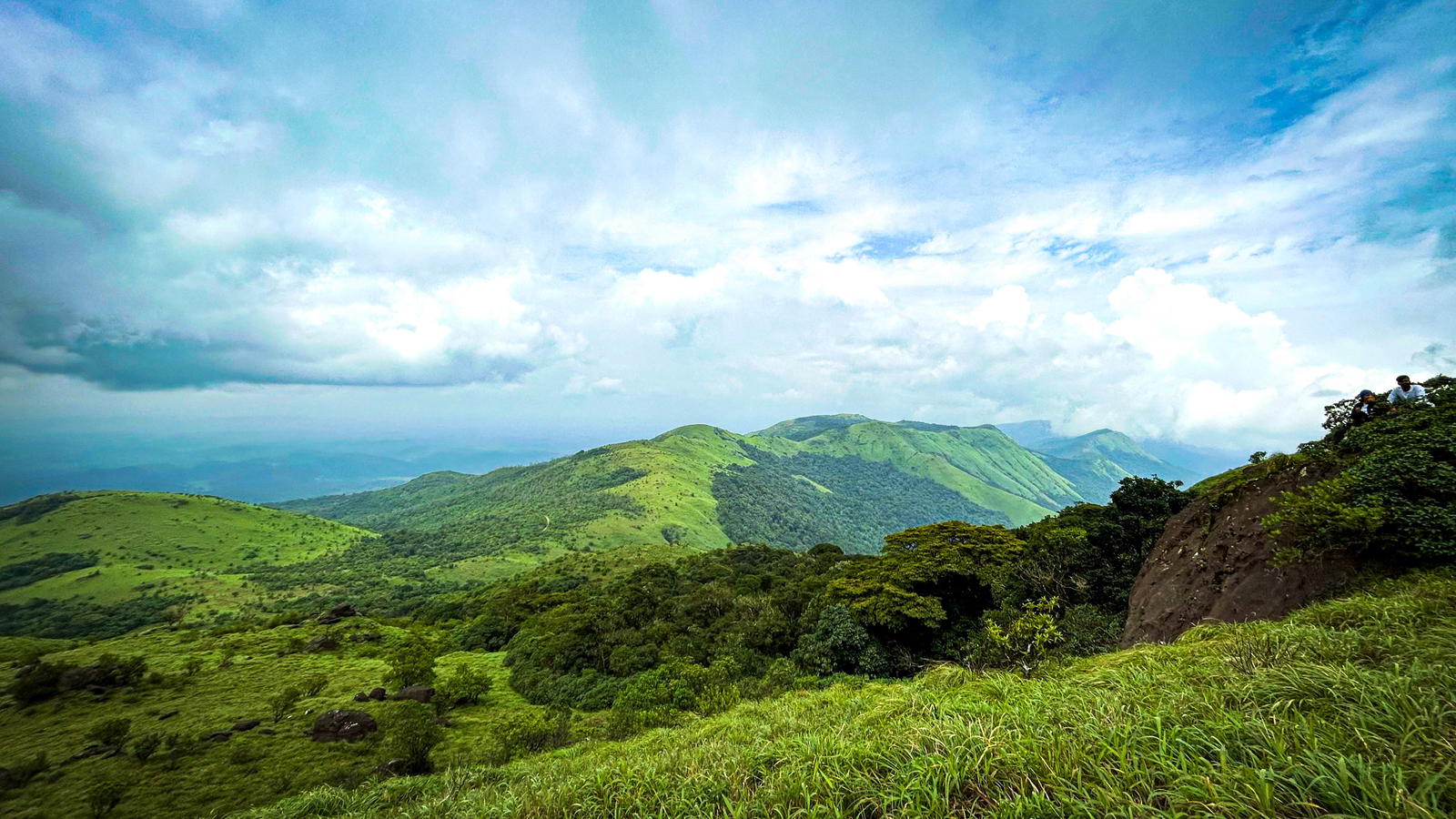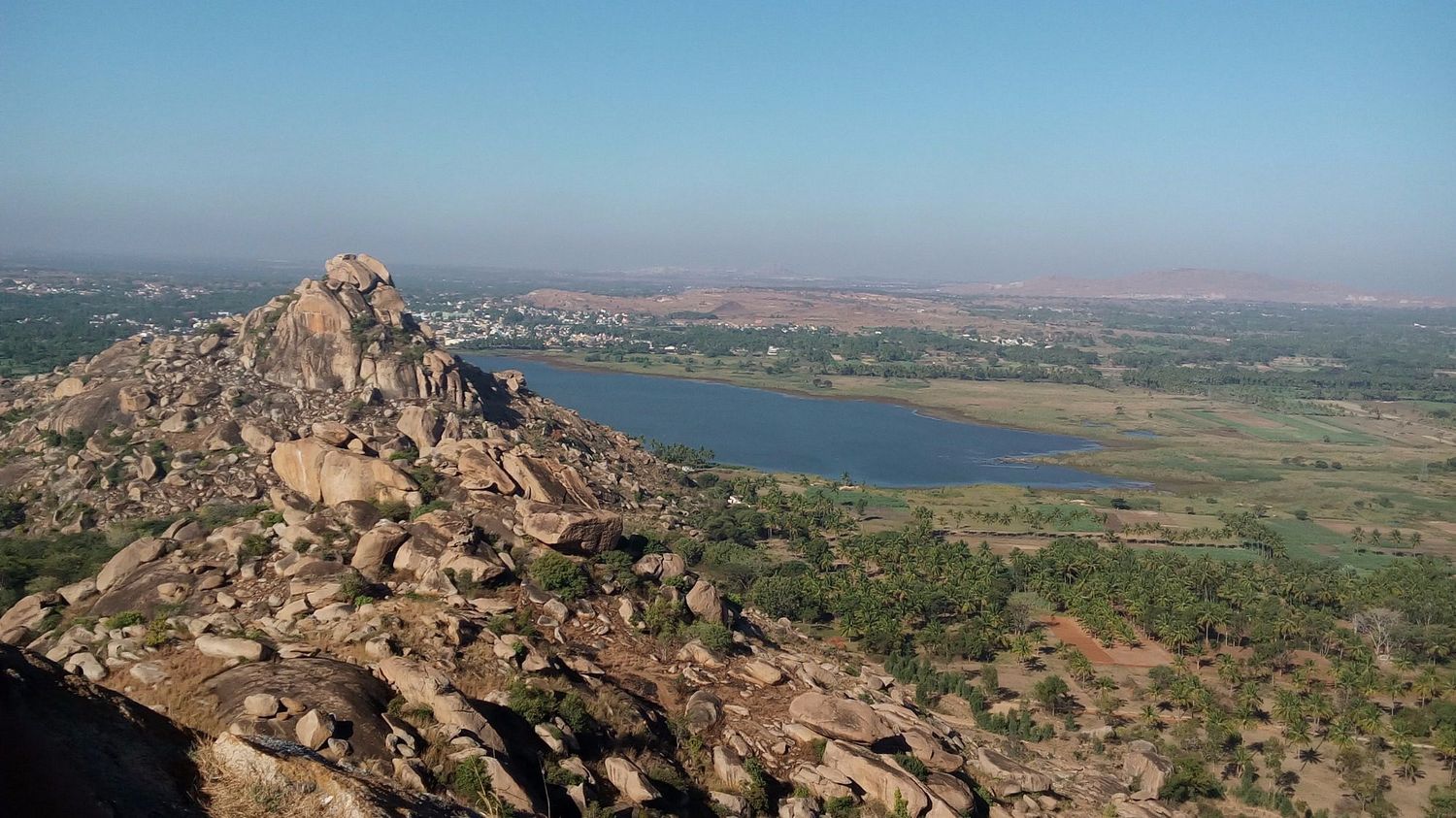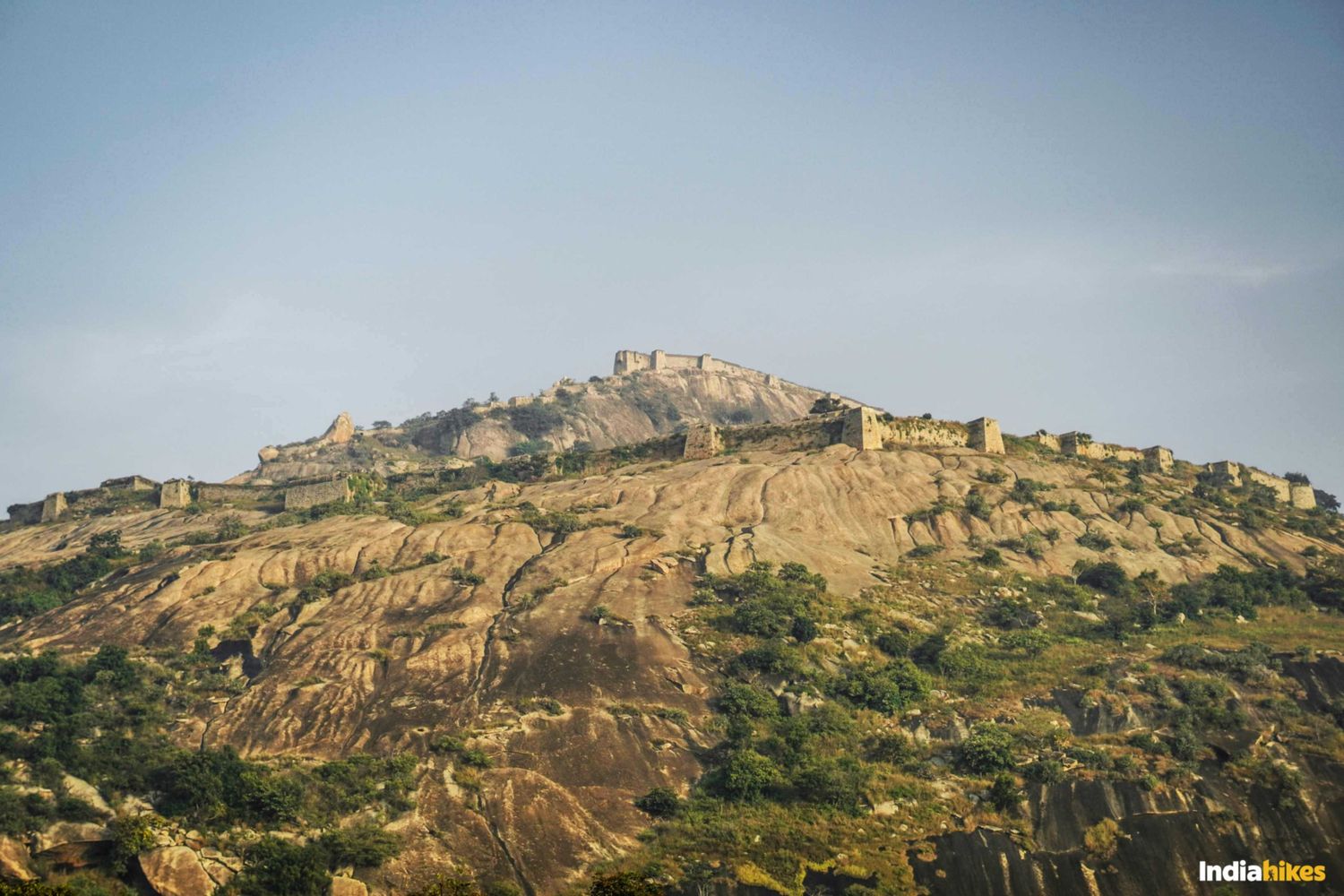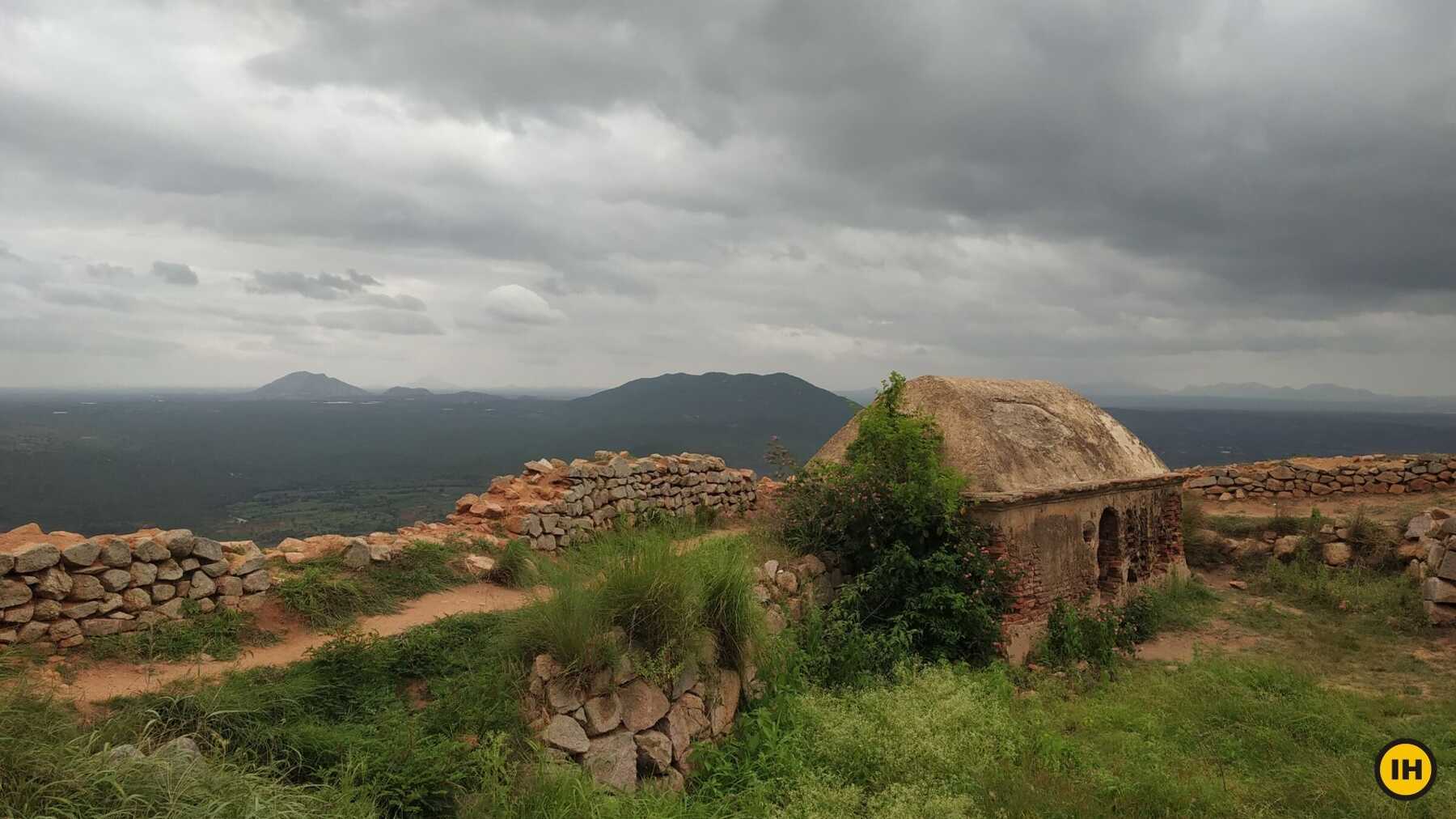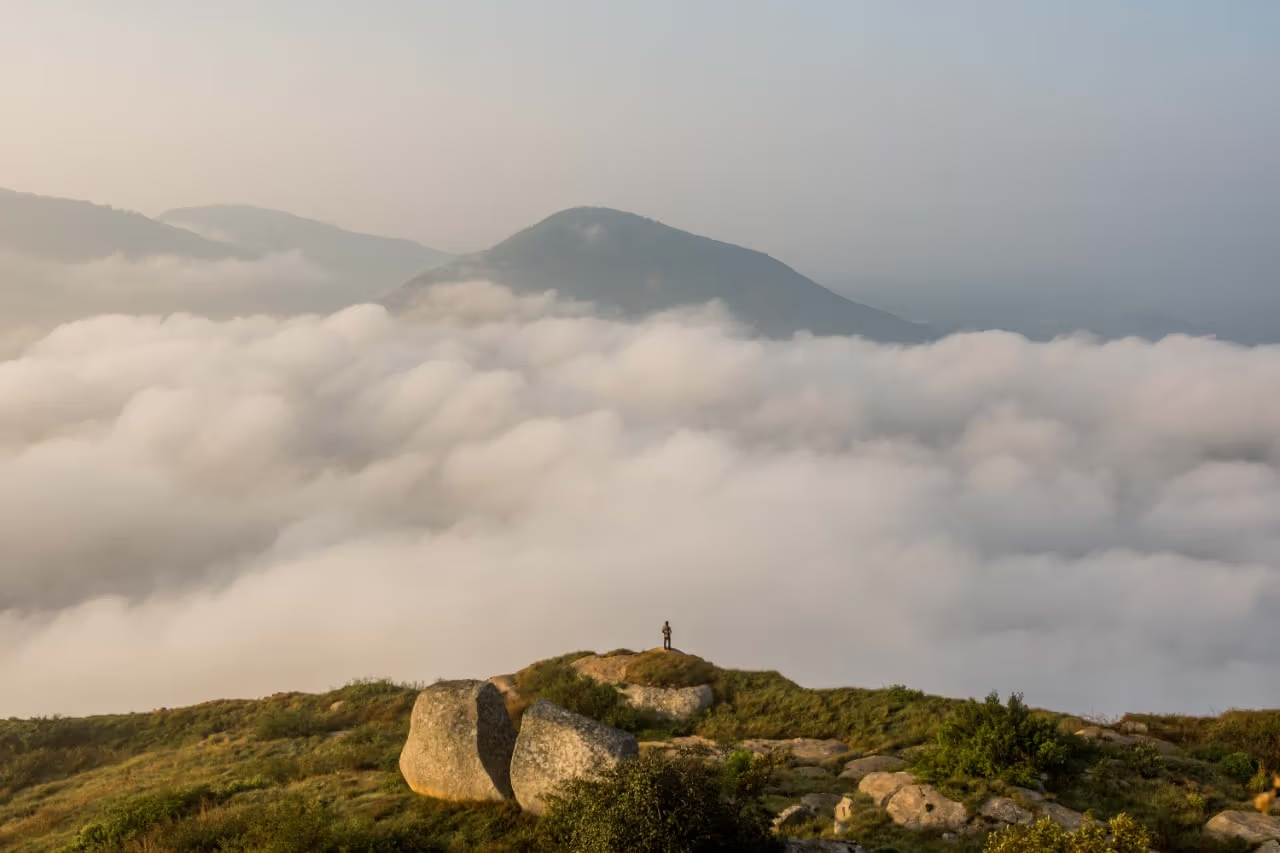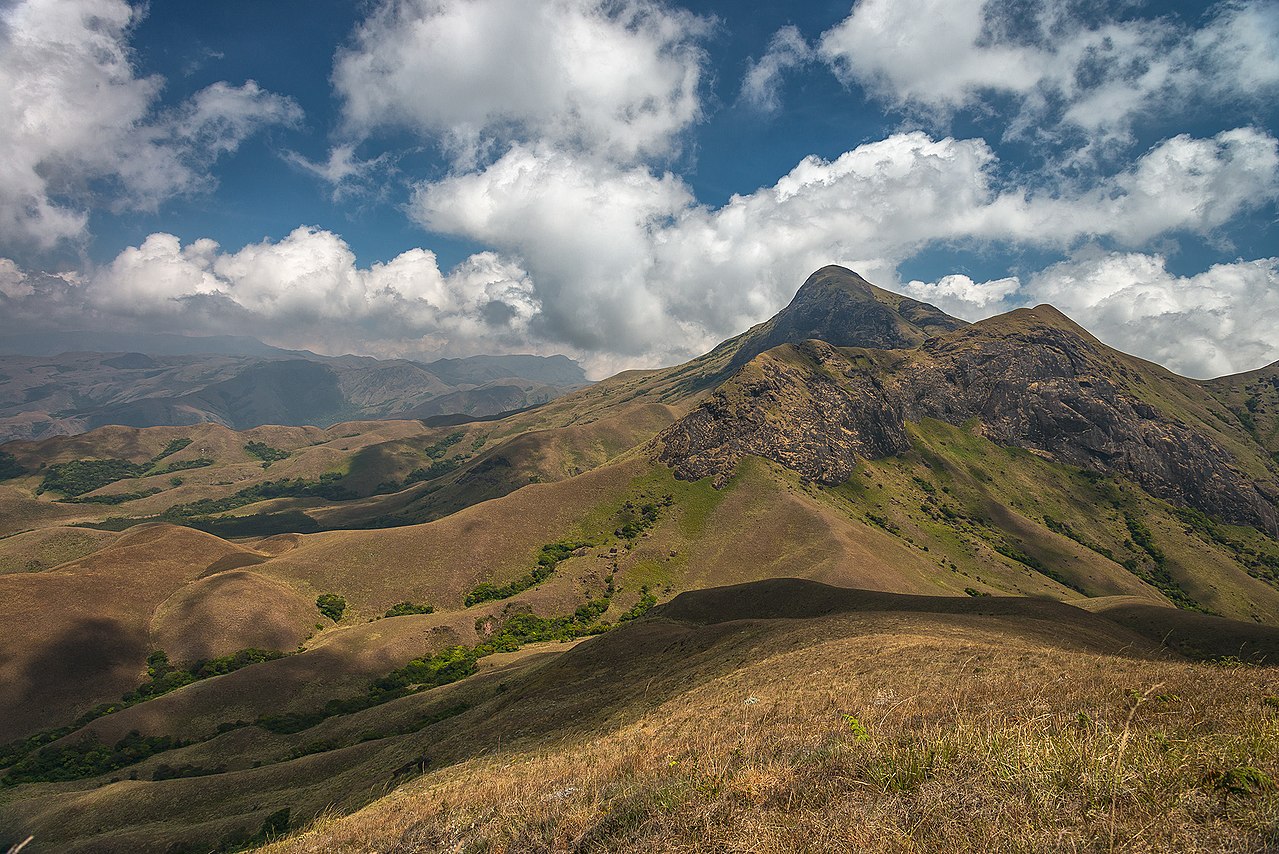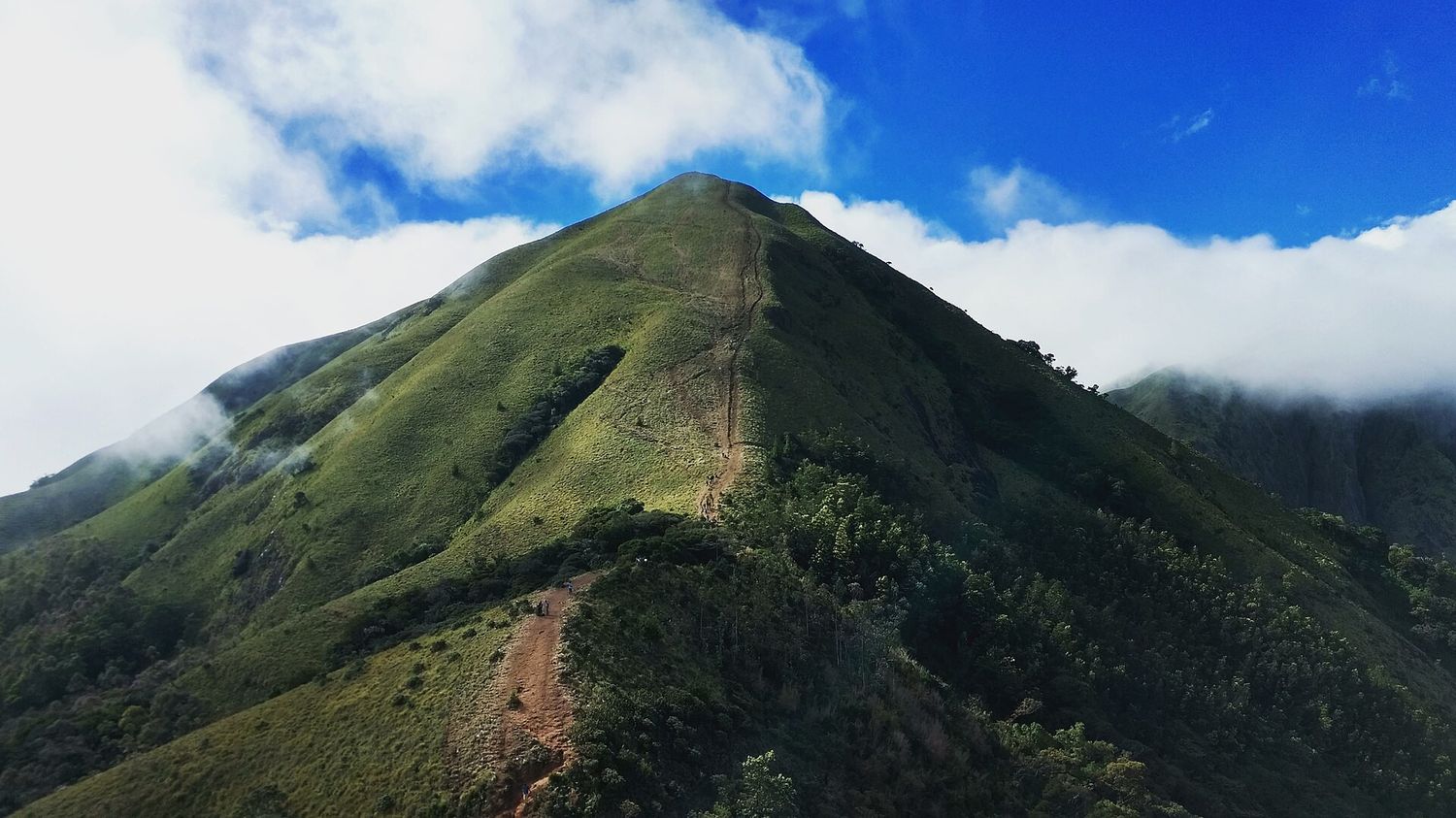Nishani Motte Trek: A Hidden Gem in the Western Ghats
The Nishani Motte Trek in Coorg is one of the most scenic yet lesser-known treks in the Western Ghats of Karnataka. Nestled within the Brahmagiri range, this trek offers panoramic views of rolling hills, dense shola forests, and coffee plantations. With an altitude of around 3,850 ft, Nishani Motte is an excellent choice for beginners, weekend adventurers, and nature enthusiasts. The trail begins from Bhagamandala and passes through thick forests, open meadows, and ridges before reaching the Nishani Motte peak. On a clear day, trekkers are rewarded with breathtaking views of the Western Ghats stretching endlessly. It is a perfect weekend getaway for those seeking a mix of adventure and tranquility amidst nature.
Why Nishani Motte Trek is Special
Unlike crowded trekking trails, Nishani Motte is relatively untouched, offering solitude and unspoiled landscapes. Its trail cuts across forest paths managed by the Tala Cauvery Wildlife Sanctuary, home to elephants, leopards, and exotic bird species, making it a paradise for wildlife lovers.
Flora and Fauna Along the Trek
Trekkers pass through coffee estates, cardamom plantations, bamboo groves, and evergreen forests. Bird watchers can spot Malabar hornbills, woodpeckers, and other endemic species of the Western Ghats.
Best Time to Do Nishani Motte Trek
The trek is best enjoyed in the post-monsoon and winter months when the skies are clear and the landscape is lush green. Monsoons add a mystical charm but make the trail slippery and challenging due to leeches.
